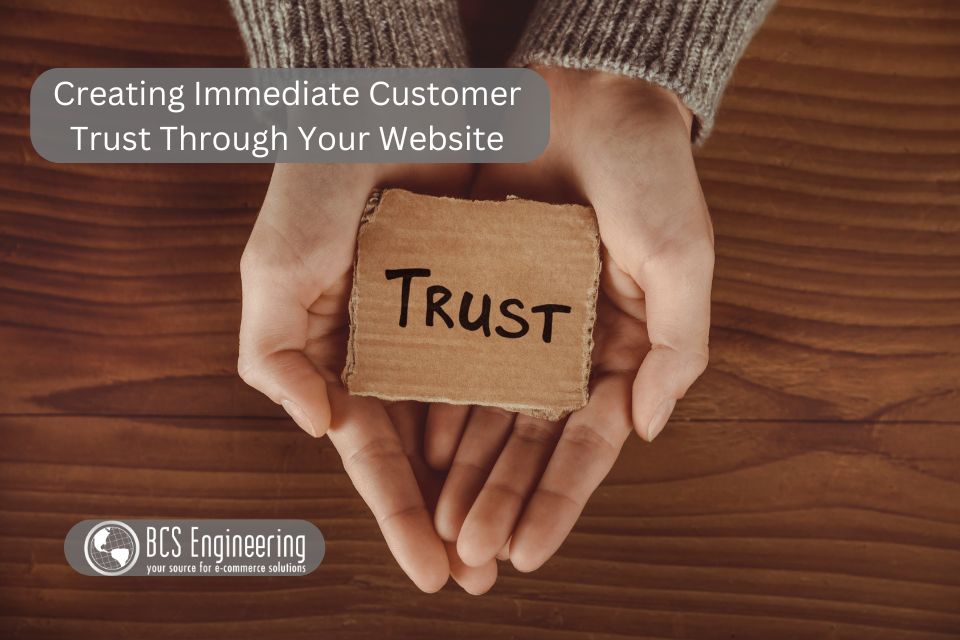In the fast-paced world of business, measuring success isn’t always straightforward. That’s where Key Performance Indicators (KPIs) come in. KPIs are a crucial tool for monitoring progress, identifying opportunities, and ensuring your business stays on track to meet its goals. Whether you’re running a small online shop or a large corporation, understanding and using KPIs can be the difference between guessing and knowing.

What Are Key Performance Indicators (KPIs)?
At their core, KPIs are measurable values that indicate how effectively a person, team, or organization is achieving a specific objective. They provide a clear way to track progress and assess performance over time.
KPIs can vary widely depending on your industry and business goals. For example:
- In Marketing: Website traffic, email open rates, or social media engagement.
- In Sales: Monthly revenue, conversion rates, or average order value.
- In Customer Service: Customer satisfaction scores or average response time.
- In Operations: Inventory turnover, on-time delivery rate, or production efficiency.
The key is selecting metrics that are directly tied to your business objectives and provide actionable insights.
Why Are KPIs Important?
Clarity and Focus
KPIs help businesses stay laser-focused on what matters most. By defining and tracking these indicators, teams are better equipped to prioritize their efforts and align their activities with strategic goals.
Measuring Success
Without KPIs, it’s hard to gauge whether your strategies are working. For instance, if your goal is to increase online sales by 20%, tracking KPIs like conversion rates and website traffic will show whether you’re on the right track.
Improving Decision-Making
Data-driven decisions are powerful. KPIs provide concrete evidence of what’s working and what’s not, allowing you to tweak strategies and allocate resources more effectively.
Accountability
KPIs promote accountability by providing clear performance benchmarks. Team members understand what’s expected of them and how their work contributes to the company’s overall success.
Spotting Trends and Opportunities
Regularly monitoring KPIs can uncover trends and opportunities you might otherwise miss. For instance, a spike in customer acquisition costs might signal the need to reevaluate your advertising strategy.
How to Choose the Right KPIs for Your Business
Choosing the right KPIs can be challenging, but these tips can help:
- Align with Goals: Ensure every KPI ties directly to a specific business goal.
- Make Them Measurable: Use quantifiable metrics to track progress objectively.
- Focus on Relevance: Avoid drowning in data by focusing on the most impactful metrics.
- Set Benchmarks: Establish realistic benchmarks to measure success effectively.
- Review and Adjust: KPIs aren’t static. Regularly revisit them to ensure they remain relevant to your evolving business needs.
Want to learn more? Check out the Top 5 KPIs you should track
Ever wondered whether your website is really pulling its weight in your business? Listen to our latest eCommerce Made Easy podcast where Carrie dives into the Top 5 Key Performance Indicators (KPIs) that every website owner should monitor to ensure their site is working hard to drive sales, generate leads, and grow your business.









